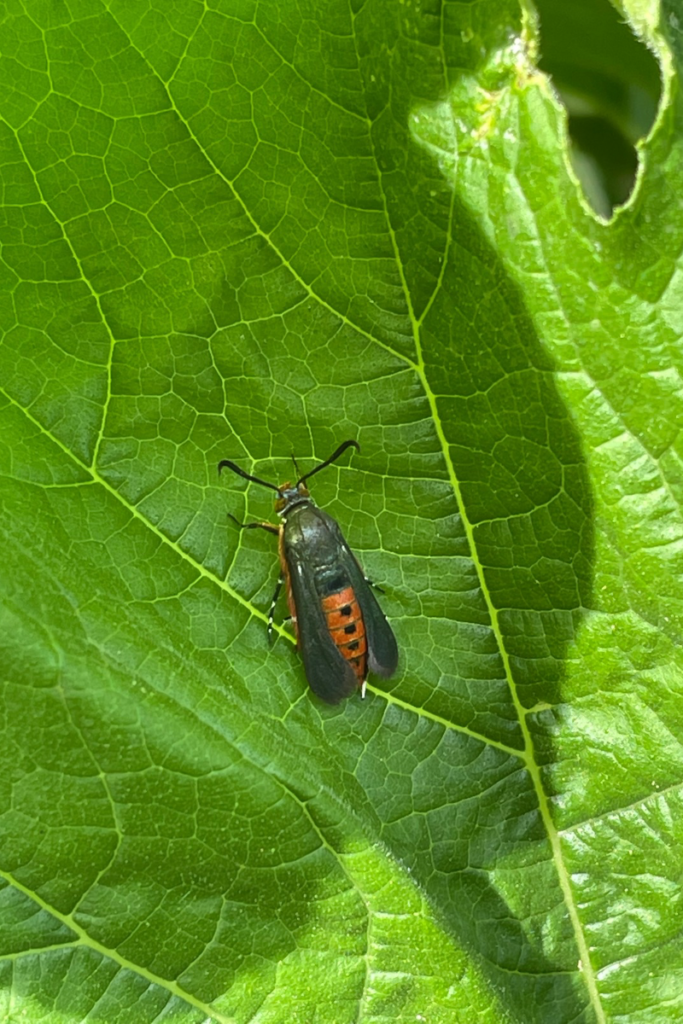
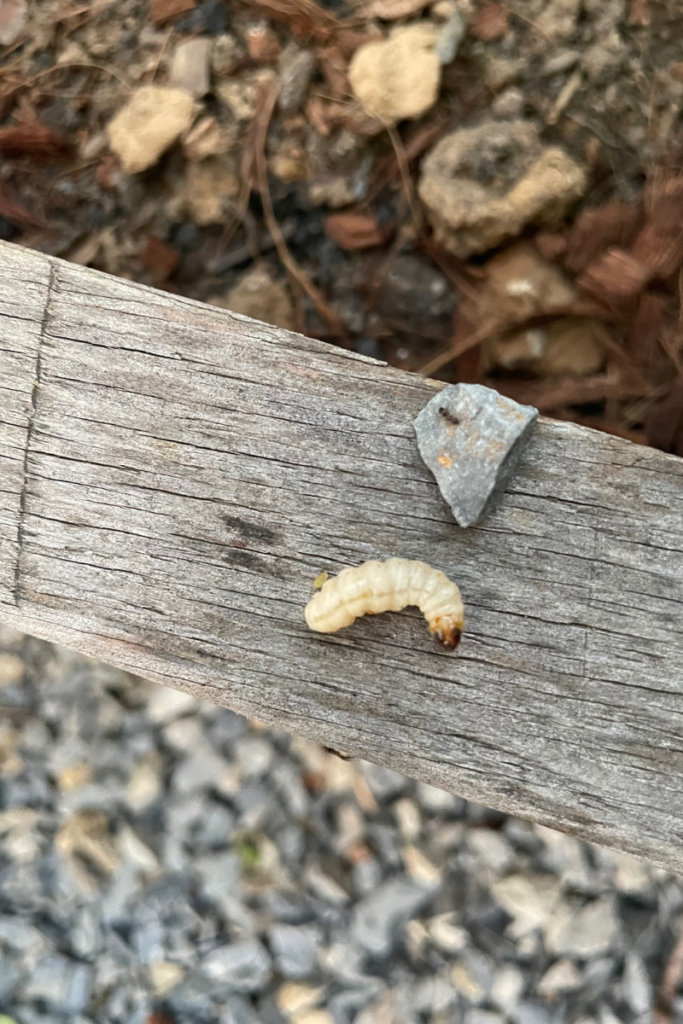
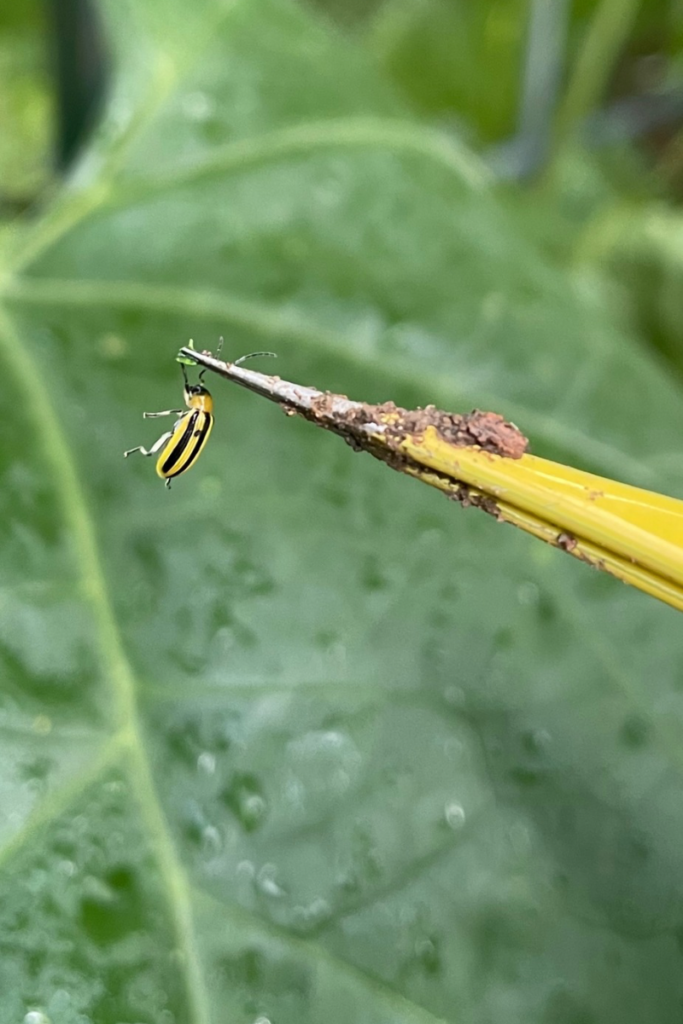
Dealing with garden pests can feel overwhelming, especially when you’ve put so much time and love into growing your plants. But here’s the good news: with a little preparation and observation, you can protect your garden using natural and organic methods that work with nature, not against it.
How to Identify and Control Common Garden Pests Naturally
Whether you’re just starting out or have been gardening for years, here’s how to stay ahead of pest problems—naturally.
1. Preparation: Know Your Garden Pests
Before planting season begins, take time to research the common garden pests in your area. Understanding which insects are likely to show up (and when) helps you create a plan before problems start.
Also look into natural and organic pest control approaches that align with your gardening values. Prevention is always easier—and more effective—than reacting after an infestation begins.
2. Prevention: Build a Garden That Fights Pests Naturally
Healthy plants are your best defense. Insects are more likely to attack stressed or weak plants, so build a strong foundation.
Here are the foundational ways to prevent pest pressure:
- Build healthy soil: Use compost and natural fertilizers to nourish your soil.
- Grow healthy plants: Remove any weak or diseased seedlings.
- Attract beneficial insects: Plant flowers like calendula, yarrow, alyssum, and herbs such as dill, fennel, and basil to attract ladybugs, lacewings, and parasitic wasps.
- Use trap crops: These are sacrificial plants (like nasturtiums) that attract pests away from your main crops.
- Rotate your crops: Don’t plant the same thing in the same spot year after year. Crop rotation confuses pests and improves soil health.
3. Observe Your Plants Daily
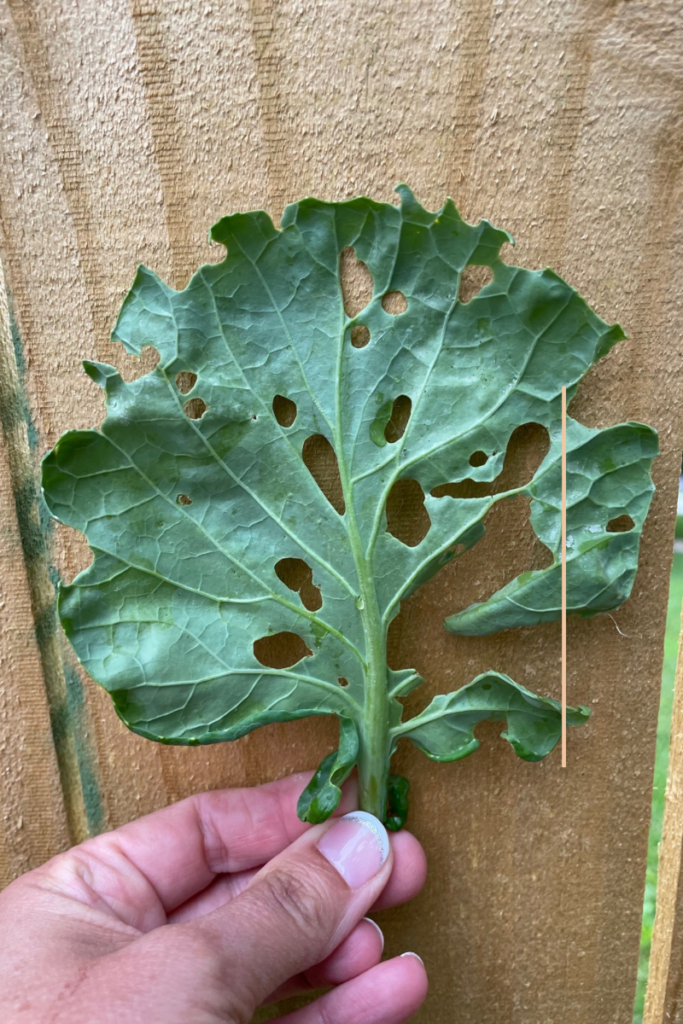
Your plants will talk to you—if you pay attention. Look for these early signs of pest problems:
- Holes in leaves
- Sticky or dark brown droppings (frass)
- Flowers or fruit dropping off early
- Unusual wilting or yellowing
Check the underside of leaves, where many pests and eggs like to hide. The earlier you notice a problem, the easier it is to control.
4. Take Action: Organic & Natural Pest Control Methods
Once you’ve spotted a problem, it’s time to act. Here’s a toolbox of safe and effective pest control approaches:
Mechanical Controls
- Remove any diseased leaves and add compost around the plant.
- Hand removal: Pick off bugs and drop them into a jar of soapy water. Here’s the easiest way I’ve found to hand-pick garden pests—this simple tool makes all the difference.
- Tweezers-I like to use these sharp-pointed tweezers to hand-pick pests like squash bugs, cucumber beetles, and caterpillar. Makes hand removal so easy. These are the ones I use from Amazon.
- Duct Tape-Great for squash bug eggs under leaves.
- Water spray: A strong stream can knock aphids off plants.
- Floating row covers: Use mesh to protect seedlings and transplants—removing them once flowering begins for pollination.
Biological Controls
- Introduce beneficial insects: Ladybugs, lacewings, praying mantis, and parasitic wasps are natural predators. You can even order them online!
- Plant companion plants: Certain flowers and herbs naturally repel pests or attract helpful insects.
Organic Sprays & Treatments
While these organic methods are effective against common garden pests, they can also harm beneficial insects if not used carefully. Be sure to apply them properly-timing, placement, and moderation is key to protecting the helpful bugs that support your garden.
- Neem Oil: Effective against many soft-bodied insects. Use in early morning or evening to protect pollinators.
- BT (Bacillus thuringiensis): A naturally occurring bacteria that targets caterpillars. Safe for humans, pets, birds, and fish—but harmful to caterpillars (so avoid using in butterfly gardens).
- Diatomaceous Earth (DE): Made from fossilized algae, this fine powder kills insects with exoskeletons like beetles and slugs. It must be dry to work. Wear a mask when applying.
- Sluggo– An organic slug and snail bait made with iron phosphate, a natural mineral that is safe for pets, people and wildlife. OMRI-listed and stops slugs from feeding. Sprinkle around plants to protect your garden without harming beneficial insects.
New Option: Arber, a plant wellness company, is now available at Walmart. It’s an organic and eco-conscious line for plant care and pest prevention.
DIY Sprays
Always test sprays on a small section of the plant before full application to check for sensitivity. Apply sprays in the early morning or late evening to avoid harming pollinators like bees. Repeat applications regularly and after rain for best results. Combine with other pest management practices such as crop rotation, beneficial insects, and good garden hygiene for a holistic approach.
- Garlic and Chili Pepper Spray
- Soap Spray (Castile Soap Spray)
- Vegetable Oil Spray
5. Common Garden Pests (and How to Deal With Them)
Here are a few pests I’ve personally dealt with in my garden—and what works:
Cabbage Worms
Found on broccoli, cabbage, and Brussels sprouts. Watch for:
- White butterflies fluttering near plants
- Tiny black droppings
- Small green caterpillars hiding in leaf folds
Control: Handpick and drop in soapy water. One of the best long-term ways to control cabbage worms is by encouraging biodiversity. Attract natural predators like birds and beneficial insects, and plant companions like nasturtiums, dill, thyme, dill, to repel cabbage butterflies. This won’t be a quick fix but will be biodiversity for the future.
Row covers can block cabbage moths, but only if used correctly—check for eggs first and seal edges tightly. Otherwise, you might trap pests inside. Get row covers here.
If handpicking and row covers aren’t enough, consider using Bt (Bacillus thuringiensis), a naturally occurring bacteria that’s toxic to caterpillars but safe for humans, pets, and plants. Bt is an organic solution, but it should be used sparingly to minimize harm to other beneficial insects like butterflies and pollinators. Get Bt here.
Cucumber Beetles

Cucumber beetles are easy to spot with their striped or spotted patterns, but they can quickly devastate cucurbit crops and spread incurable diseases like bacterial wilt. For an in-depth guide on identification and management, read this article from the University of Utah Extension.
They completely destroyed my cucumber plants my first few years of gardening despite my best efforts with hand picking and organic products. The best suggestion I have is to hold off until July to plant your cucumbers.
Control: Use row covers early, remove at bloom, plant trap crops, delay planting until mid summer and as a last resort consider treating with Spinosad or Pyrethrum if needed. Both Spinosad and Pyrethrum are organic insecticides derived from natural sources, but they should be used carefully to protect beneficial insects and pollinators.
Here’s more extensive information on Cucumber Beetles
Squash Vine Borers

Adult moths lay eggs on stems. Larvae bore inside, causing plants to wilt suddenly.
Control: Check stems often. Slice open affected stem to remove larva. Replant or mound soil over cut stem to encourage new roots.
Squash Bugs
They look like stink bugs and suck the sap from cucurbit leaves.
Control: Use row covers until bloom. Remove eggs with duct tape. Use these Apply DE at base of plants.
Tomato Hornworms
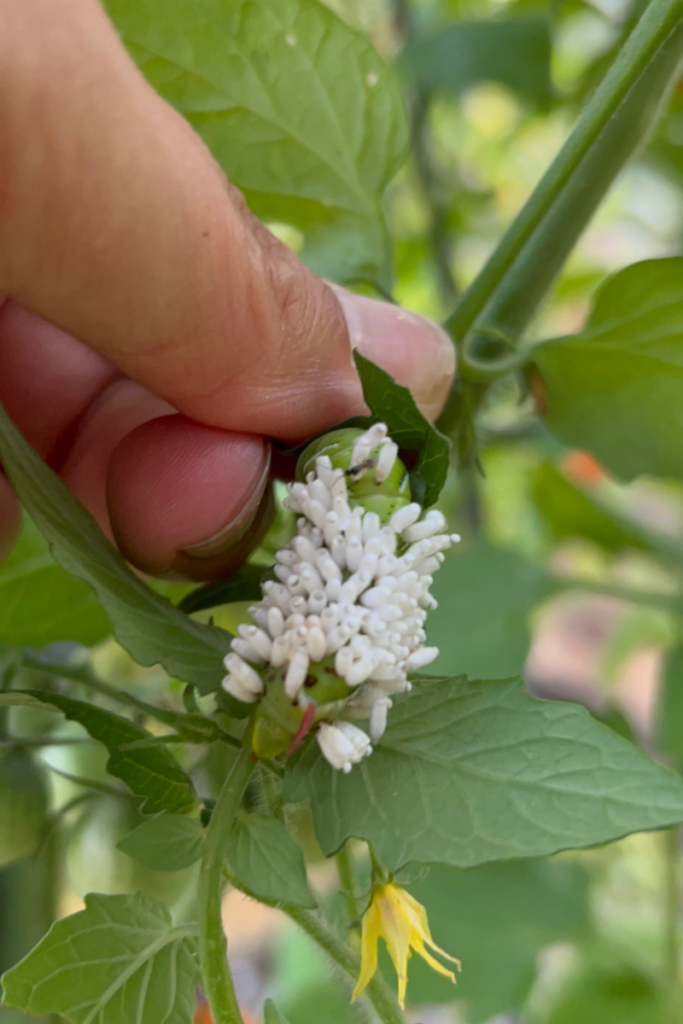
Large green caterpillars that can destroy tomato plants overnight.
Control: Handpick or leave alone if parasitic wasp cocoons are present—they’re doing the work for you!
6. Garden Pest Pressure: A Holistic Approach
Pest control isn’t a one-time fix. It’s a rhythm of preparation, observation, and action. Here’s how to stay ahead of pest pressure:
- Set up your tools early: Keep mesh row covers, spray bottles, soapy water jars, tweezers, and duct tape in your garden supplies.
- Monitor daily: Adult pests may die quickly, but eggs can hatch over time. Stick with it for a few weeks.
- Support your plants: Prune damaged parts, clear the area, and nourish the plant with compost. Attract natural predators and monitor daily for two weeks before deciding on further steps.
Final Thoughts: Work With Nature
Healthy gardens are alive with activity—including some pests. The goal isn’t perfection, but balance. When you focus on building a resilient garden and responding early, you’ll find fewer frustrations and more success.
When you spend time in your garden each day, you’ll spot problems early. By combining these methods-handpicking, row covers, and using organic products sparingly you can get rid of most pests without damaging your garden’s ecosystem you’re partnering with nature—not fighting against it.



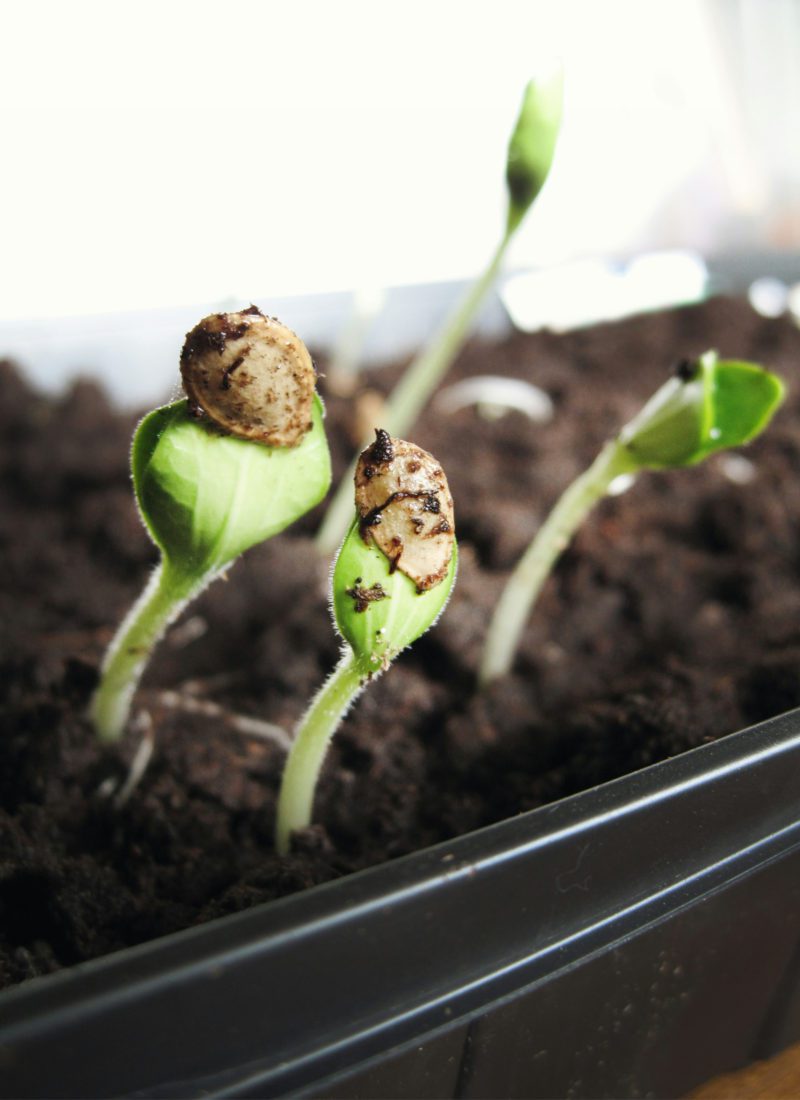

Leave a Reply
You must be logged in to post a comment.